Evernew Studios — a picture of the film industry’s decline
The once sought-after Evernew Studios now presents a picture of abandon. This abandonment symbolises the present condition of the Pakistani film industry: the large rusted doors to the studio floors are locked, the building derelict, producers and actors’ offices surrounding the garden lie forsaken and the place that once used to be brimming with movie stars, filmmakers, technicians and distributors now lies deserted.
The lawns, trees and shrubs are well-maintained. Posters of a couple of movies ready to be screened, including Syed Noor’s Tere Bajre Di Raakhi, have been put up discreetly in corners, as if these films were never produced.
The sprawling 40-acre studio is now a shadow of its former productive self, as is the city of Lahore that once used to be the nucleus of film production in Pakistan. During the decades after the Partition the studio would churn out film after film, and the industry produced around 100 films a year.
Producers and distributors would line up for dates to utilise its six studio floors and three cinemas for shoots and screenings. Now, it’s sporadically used for commercials and music video shoots.
After Partition, Pancholi Art Pictures of Indian filmmaker Dalsukh Pancholi, located near the canal, was acquired by popular actor-director Nazir. When he couldn’t sustain it beyond a couple of months, it was bought by producer Agha G.A. Gul, who made his blockbuster Dulla Bhatti there in 1956. It raked in so much money that he bought what is now Evernew Studios on Multan Road.
Till his new studio was fully operational, he retained Pancholi. The old studio was then bought by Bari Malik who made his hit film Yakke Wali here. It earned him hefty profits, enabling him to set up his Bari Studios, also on Multan Road.
“Since 1956, Evernew has seen a lot of activity. At one point, it was a dream for people to shoot here. These days, a small-budget film is being shot here, but the producer stopped work since cinemas aren’t open these days,” said Z.A Zulfi, a veteran film editor and administrator of Evernew Studios.
Zulfi has worked with almost all directors and edited over 300 films since starting out in 1968.
Taking baby steps since independence, Lollywood was a well-oiled machine by the early 1960s and saw what’s called the golden era for well over two decades, producing a string of superstars, immortal songs and timeless movies.
The loss of a significant market in Bangladesh and a host of Bangladeshi stars after 1971 and then President Zia’s Islamisation drive dealt hard blows, but the film industry marched on nevertheless.
“From the 1970s to 90s, Evernew Studios and the film industry saw their best time, barring hiccups that didn’t last a couple of months. That was the peak time; around one hundred people would be standing at the gate all day to just catch a glimpse of actors passing by in their cars,” Zulfi reminisced.
During that ‘golden era’ when the studio was abuzz with activity, Zulfi says, there were even minor disagreements between producers over dates. But otherwise everything would progress smoothly.
“Everyone seemed like a big family: actors and technicians would sit together near that famous fountain in the studio. That was like a dream, and won’t ever return now.
“All big actors chatted with technicians, enquired about their families, shared personal details. Such was the bond. But now, if actors come here for a shoot they silently wrap up and leave. The attitudes of the industry people have changed. Now, there’s like a wall between everybody.”
While the pandemic has for all practical purposes brought down the curtain on films, the situation was barely promising prior to that too; a handful of films starring some popular names were either under production or ready to be released.
The deteriorating quality and dwindling numbers of films produced since the `golden era’ has rendered the city’s studios non-functional over the years.
“Shooting here is a rarity now because the labour is costly and farmhouses provide an economical alternative. But even then a scene from Teefa in Trouble was shot here and so was Shaan’s Zarrar.
“Those who want quality work will not care about money, and build sets. These studios are now mostly used for commercials, photoshoots, music videos and sometimes a drama or two; in fact, a TV producer has booked the space for two months for a drama,” explained Zulfi.
Another pertinent reason behind the lost glory of Lahore as the hub of film industry is the shift of production to Karachi. “Production shifted to Karachi because producers were originally from that city; they used more natural locations than studios.
“Karachi had more investors and a lot of actors belonged to the city. The whole system seems to have moved. Filmmakers from Karachi had money, they were educated and used the latest equipment, while those in Lahore couldn’t come to terms with the fact that film negative was outdated,” mused the editor.
His views on the shift were echoed by producer/director Shehzad Rafique. “Evernew Studios used to be a state-of-the-art studio for a basic conventional film; you go in with money and come out with a complete film. But then the educated lot left, digital era arrived, TV people from Karachi started making films by adopting new technology, they were educated.
“Filmmakers in Lahore didn’t move towards modernisation barring a few. Then the Karachi-based corporate sector and private TV channels stepped in. Lahore’s industry suffered massively then.”
Despite hundreds of popular Urdu and Punjabi films having been shot at Evernew, Zulfi is not optimistic about revival of local studios.
He, however, is hopeful that the government would come to the industry’s rescue. “Bari Studios next door is almost non-functional and all its floors have turned into warehouses.
“The massive Evernew is still being maintained by its owners even though it is not making much money. But the old guard is in no shape to inhabit these spaces. It will take a new generation of filmmakers to revive the film industry.”
Shaukat Ali, the gatekeeper of the studio, has fond memories of days gone by. He’s been working at Evernew Studios for over two decades and has witnessed the transition the industry and the actors have gone through.
“I vividly remember the golden days of Lollywood. There were film shoots, big stars like Nisho, Neelo, Neeli, Sultan Rahi coming in and going all day and night. And then came the era of Shaan, who made a number of Punjabi films here. There was a bond of trust among stars in those days no matter how big they were. Even if there were tiffs they were resolved there and then.”
Originally published in Dawn, August 30th, 2021





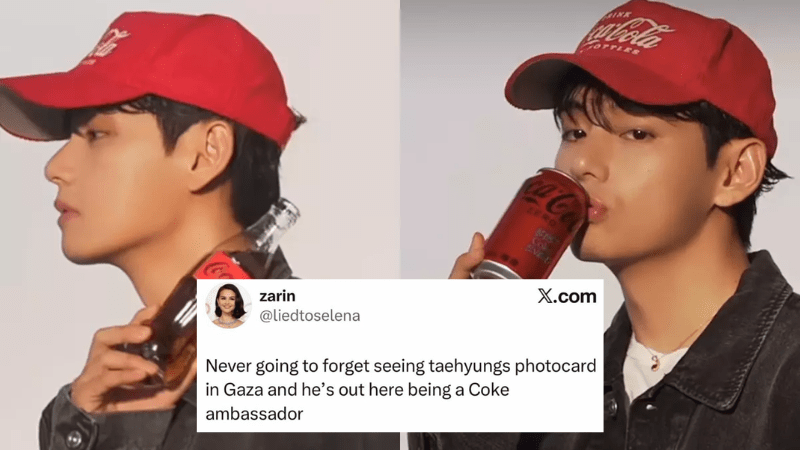
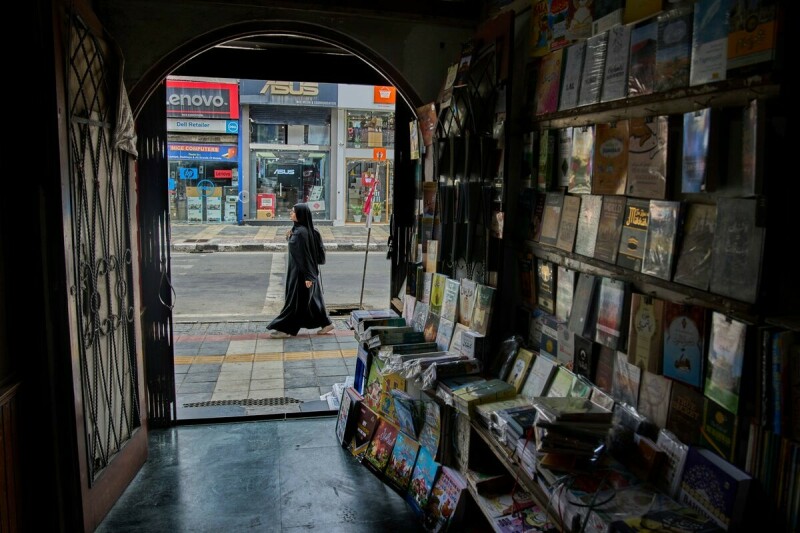

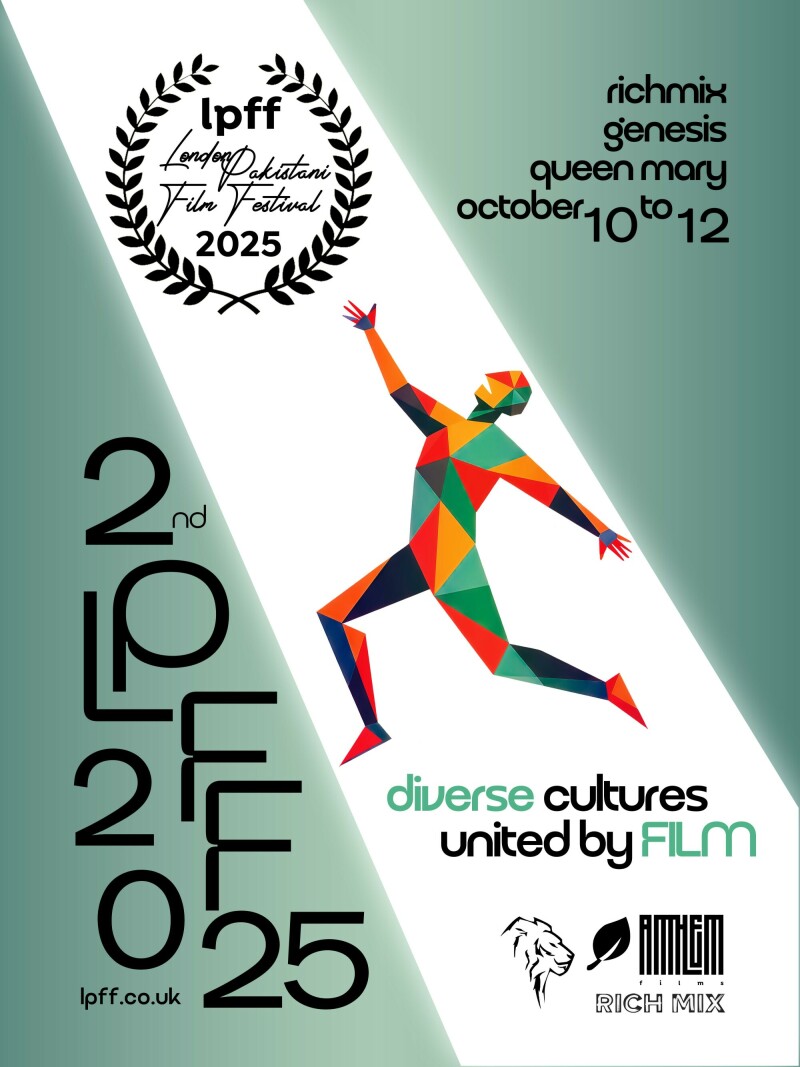


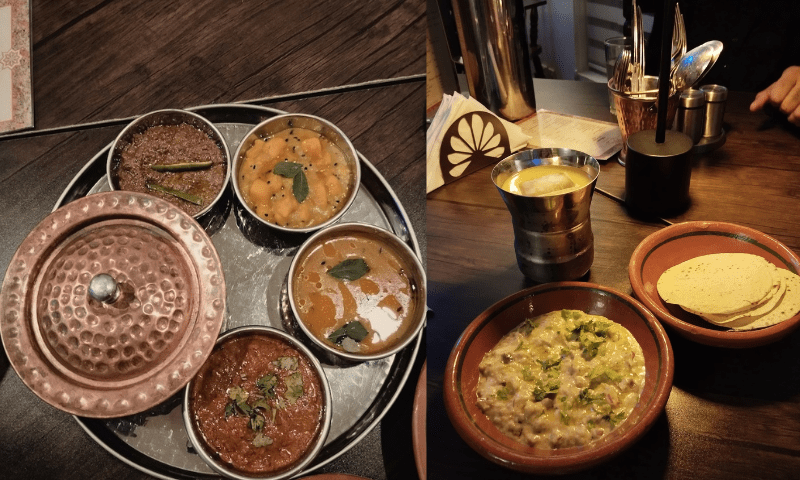
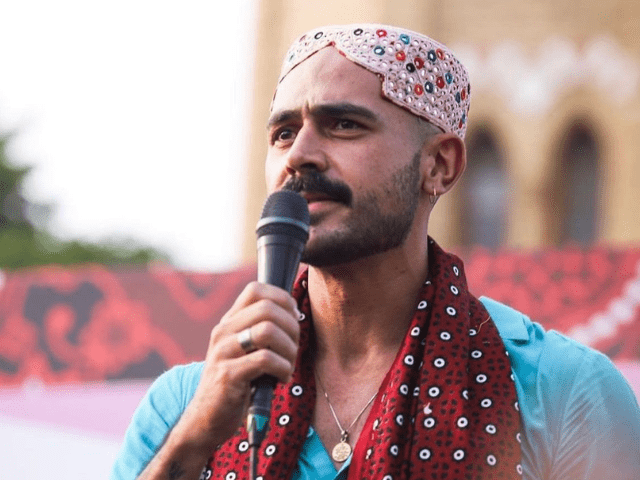
Comments